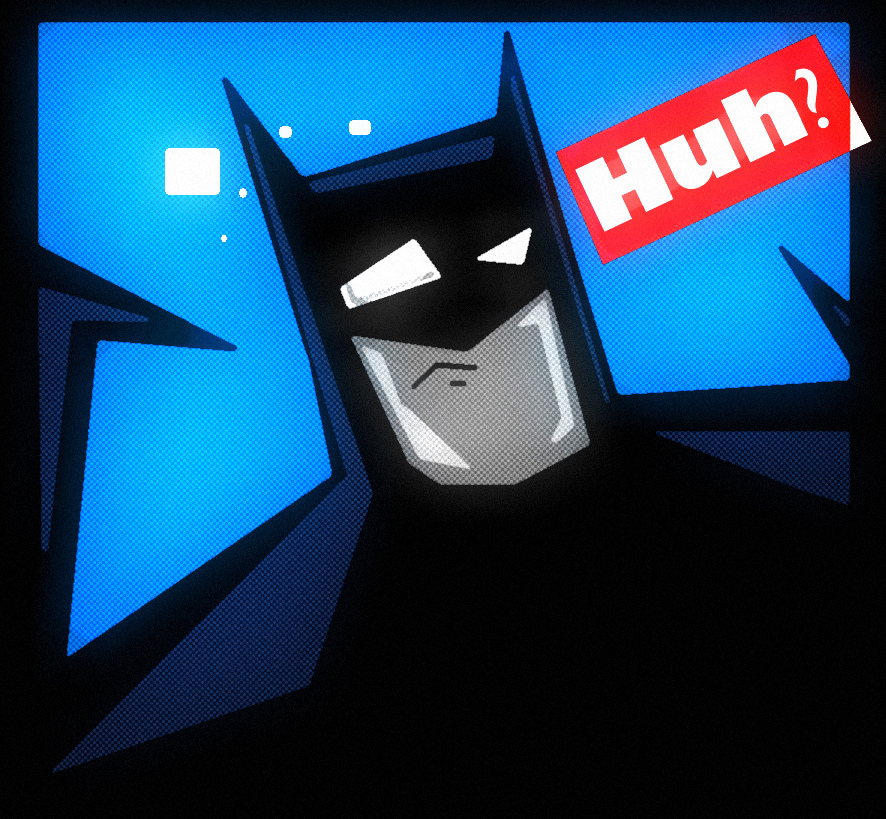There are lots of times when doing something in reverse isn’t the best idea—like walking backwards through town or driving in reverse down the interstate. Neither of these serve any useful purpose (and can actually be dangerous).
So don’t try these at home.
What you definitely should try at home (or in your dorm room, in the library, or anywhere else you study) is writing a reverse outline of your paper.
A reverse outline? Is that like starting at the end and outlining your conclusion first?
Not exactly.
So what is a reverse outline, and why should you use one? Let me explain.

What Is a Reverse Outline?
I’m sure you’ve had to write outlines many times in your academic career. And I’m sure you know that an outline is a form of prewriting that helps you organize ideas before you begin drafting your essay.
A reverse outline is a lot like a standard outline. The difference is that you’ll write a reverse outline after you write your paper.
To do this, simply review a completed draft of your paper and outline the key parts, such as the thesis statement, main arguments (or topic sentences), and evidence used to support each of your arguments.
Why Should You Use a Reverse Outline?
The quick answer is that a reverse outline can help you write a better paper. (And a better paper means a better grade, so it’s a win-win, right?)
More specifically, using a reverse outline can help you:
- Decide if your paper meets assignment guidelines. If you’re supposed to write a compare and contrast essay, completing a reverse outline can help you see if you’ve included both comparisons and contrasts, or if you’ve only included comparisons and have forgotten all about contrasting ideas.
- Determine whether your main arguments follow your thesis. For example, If your thesis statement informs readers that you’re evaluating the themes of The Scorch Trials but you’re outline reveals you’re analyzing symbolism, you’ll either need to rewrite your paper or rewrite your thesis.
- Identify sections of your paper that may need further evidence, analysis, or development. A topic sentence might explain that the goal of the paragraph is to explain why raising the speed limit won’t cause any more accidents, but a reverse outline might also reveal that you only have your own opinion in the paragraph. If you’re supposed to write a research-based essay, this is a clear indication that this paragraph needs some major revision.
- Identify information in your paper that needs to be deleted (or perhaps moved to another section). Let’s say you have two paragraphs that discuss cities with wonderful cycling paths, but one of those paragraphs is on page two and the other on page four. A reverse outline can help you see that you should move those paragraphs next to each other, combine the paragraphs into one, or perhaps delete one of the paragraphs if it’s redundant.
- Decide if the paragraph contains too many ideas. If one of your body paragraphs discusses point of view, symbolism, and tone in To Kill a Mockingbird, the paragraph contains too many ideas. Reverse outlining can help you see where to split ideas into individual paragraphs.
- Decide if all information in your paper is appropriate. If you’re assigned to write a research paper in third person, a reverse outline can help you realize that a paragraph about your own personal experience or opinion isn’t appropriate for this assignment.
How Do You Write a Reverse Outline?

Step #1 Draft your paper
If you don’t yet have a draft (or even a partial draft), you cannot exactly move on to step 2, so if you don’t have your paper written yet, what are you waiting for? Get writing!
Step #2 Identify the thesis statement of your paper
Look for the thesis statement at the end of your introductory paragraph(s). If you can’t find the thesis statement, you’ll definitely need to revise.
Once you’ve identified the thesis statement, check to make sure that it’s appropriate for your paper and assignment.
Let’s say you’re supposed to write a research-based argument essay about bike lanes in your city, and your thesis statement looks like this:
- Bike paths are essential to commuters, and the city needs to invest more money into developing additional paths throughout the metro area.
When you first look at this thesis, it looks fine. It explains the focus of the paper (the need for more bike paths) and explains the key argument (the city needs to invest more money in paths).
Let’s continue our reverse outline to see if our thesis and essay arguments match.
Step #3 Outline key ideas
To outline the key ideas of your paper, start by examining the structure of each body paragraph. Look for the topic sentence and the evidence you’ve used to support that topic sentence.

An outline of a body paragraph from our imagined argument essay about bike paths looks like this:
Topic Sentence:
- The metro area is lacking a sufficient number of bike paths.
Evidence to Support Argument:
- The city offers one major loop through downtown, meaning that cyclists cannot get to the west side of the city on paths.
- The west side of the city also doesn’t provide enough bike racks for cyclists.
The topic sentence is basic, but it gets the job done.
The evidence, on the other hand, is clearly lacking. One personal opinion about the number of bike paths isn’t enough to support a research-based essay.
The other clear problem is that the paragraph also discusses bike racks. The focus of the paper is bike paths rather than bike racks. Thus, this information isn’t necessarily suited for this paper.
Let’s take a look at another paragraph.
Topic Sentence:
- Current bike paths are dangerous to both cyclists and motor vehicle drivers.
Evidence to Support Argument:
- In 2014, five bicycle accidents were reported at the intersection of 4th/Cooper. (Cited from source A.)
- One cyclist fatality was reported in the metro area in 2015. (Cited from source B.)
- An interview with regular metro cyclists reveals that 72% have had a near accident in the past six months. (Cited from personal interview.)
At first glance, this paragraph looks like it’s in fine shape. It has a clear topic sentence and ample evidence from sources.
But look again. What is it missing?
The topic sentence states that the paragraph will discuss dangers to cyclists and motor vehicle drivers. This paragraph only discusses the dangers to cyclists. It makes no mention of motor vehicle drivers.
This is exactly why a reverse outline is so helpful! It makes it easy to see where your paper might need more information.
Finally, let’s revisit our original thesis to see if it matches the content of our essay.
- Bike paths are essential to commuters, and the city needs to invest more money into developing additional paths throughout the metro area.
Hmmm … this thesis statement focuses on the need for the city to invest more in bike paths, but our paragraphs don’t discuss this at all. Big problem!
A more appropriate thesis statement for this essay might look like this:
- The current number of bike lanes in the metro area is inadequate and a danger to cyclists.
See how a reverse outline can help you evaluate these things? Genius, isn’t it?
For more help with reverse outlines, check out this short video or try one of these worksheets:
And if you’re tackling your reverse outlining and making revisions on actual physical paper—ya know, by hand with a pen—here’s a good process.
The Final Revisions
Notice that the previous heading says “final revisions”—plural.
This means that, even though you revise after completing your reverse outline, you’ll still need to review your paper once again to make sure everything is ready to submit to your instructor.
Check out these resources to help make your paper a literary masterpiece:
- How to Make an Essay Longer Without Writing Useless Fluff
- 15 Ways to Improve Your Academic Writing
- Essay Formatting Survival Guide (Infographic)
Kibin editors can help also with revisions. Don’t forget to send your paper our way for some helpful feedback.
Happy outlining!
